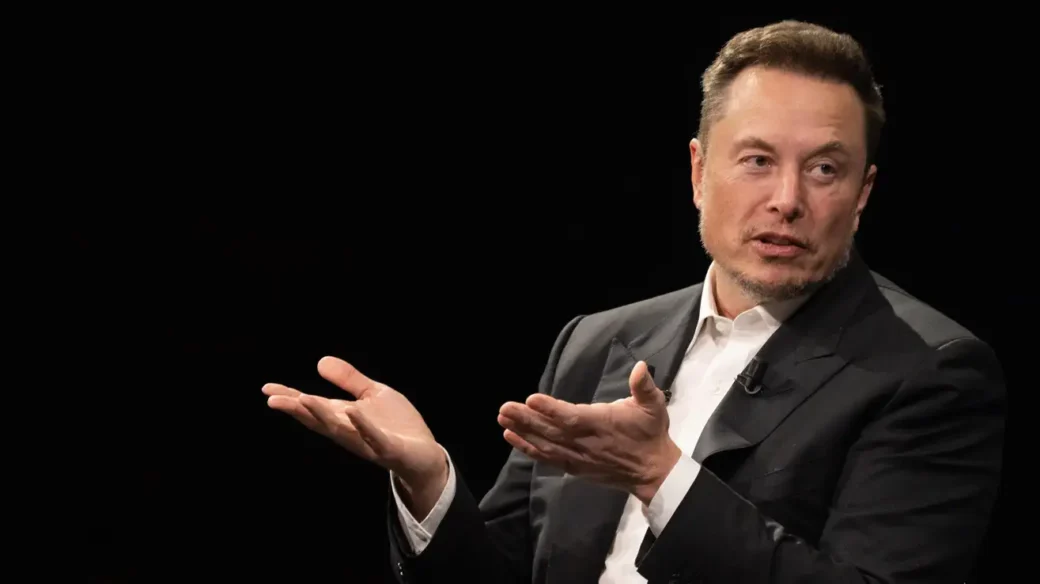
Neuralink is already accepting applications for another patient to receive its brain chip implant, as reports of bugs surface in its first trial.
Elon Musk’s Neuralink is now accepting applications for a second patient to receive its brain-computer interface, just five months after Noland Arbaugh became the first human to have the startup’s technology surgically implanted. The second patient will receive the same fame and life-changing technology Arbaugh has received, presumably while dealing with the reported bugs of Musk’s new technology.
“Neuralink is accepting applications for the second participant,” said Elon Musk in a tweet on Friday. “This is our Telepathy cybernetic brain implant that allows you to control your phone and computer just by thinking.”
Last week, Neuralink released a PRIME Study Progress Update on its first patient, which revealed several early successes but also a brief loss of functionality. Arbaugh, who became paralyzed from the neck down in 2016, says the Link has helped him “reconnect with the world” by allowing him to control a cursor and play video games with his mind. That said, the study details a moment following the surgery when the threads of Neaurlink’s chip retracted from Arbaugh’s brain, causing a reduction in functionality.
“It was really hard to hear,” said Arbaugh on that experience in a Bloomberg interview. “I thought I’d gotten to use it for maybe a month, and then my journey was coming to an end. I thought they would just keep collecting some data but that they were really going to move on to the next person. I cried a little bit.”
However, Neuralink jumped into action to fix the issue. Bloomberg reports the issue stemmed from the electrode-laced threads in Arbaugh’s brain shifting around more than Neuralink witnessed in animal trials. The startup’s software engineers tweaked their algorithms that record data from Arbuagh’s neurons. Now, the patient is back to setting records for usage and ability with the brain-computer interface, which he reportedly uses for 1o to 12 hours a day.
While not the first person to receive a brain implant, Arbaugh has received a certain celebrity status from being Elon Musk’s first human test subject. As a means to sustain himself, Arbaugh issued a poll on Friday asking whether people would be interested in supporting him through a GoFundMe, streaming account, or monetized accounts. The second patient is likely to receive similar attention, which could be a draw to many.
Even though Neuralink drills a hole in the skull and implants a computer chip with electrode threads, other companies have taken different approaches to brain implants. Synchron, which just reached 10 patients who have received brain-computer interfaces, uses a minimally invasive technique to insert their implant. Their technology is inserted through the jugular vein and then travels up through a blood vessel to sit on the surface of the brain. In theory, this allows the brain, which is mostly water, to shift around while the implant rests on top.
Musk’s Neuralink is trying to catch up with some major competitors. Synchron announced last month it was gearing up for a large trial meant to include dozens of participants. While it still sounds like science fiction to many, the race for a commercially available brain implant is quickly heating up.



